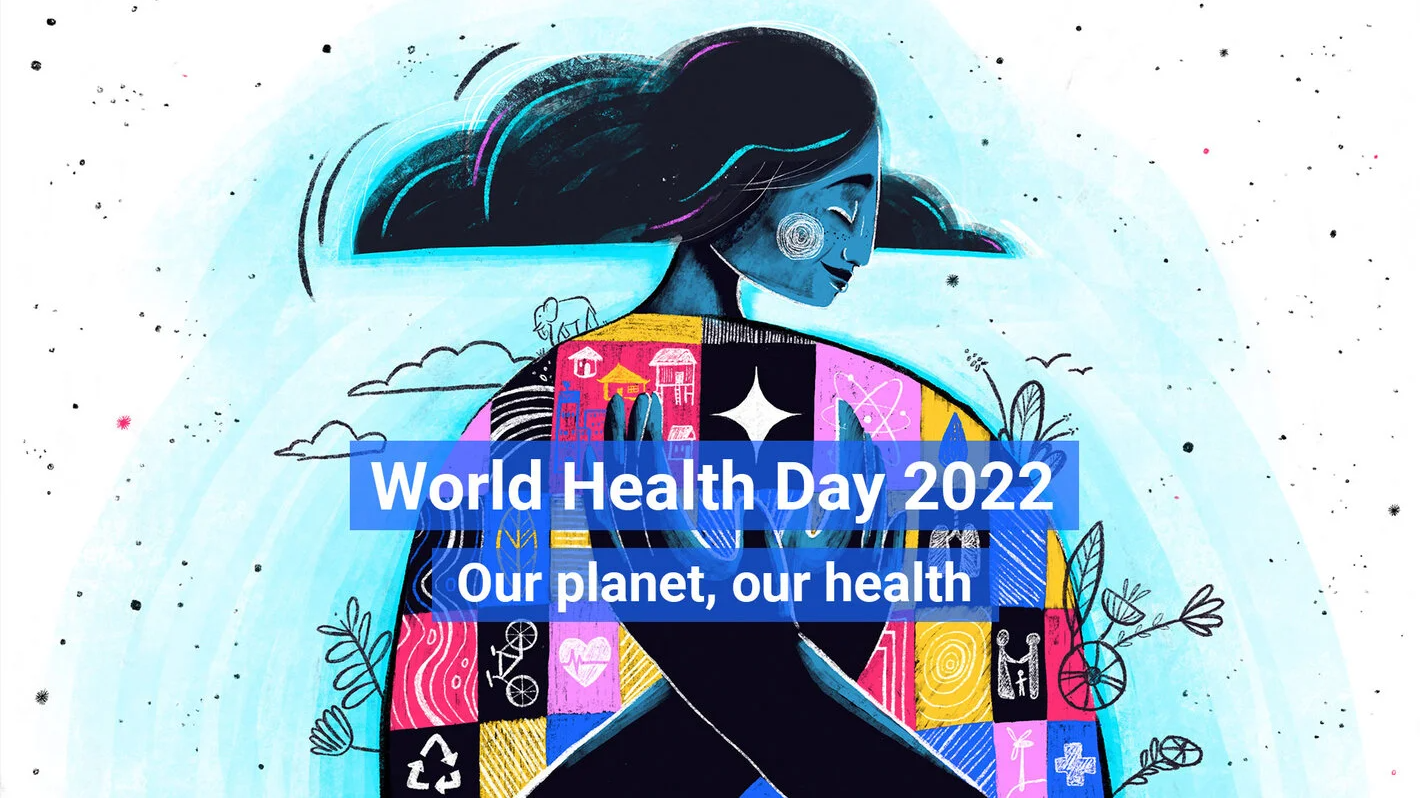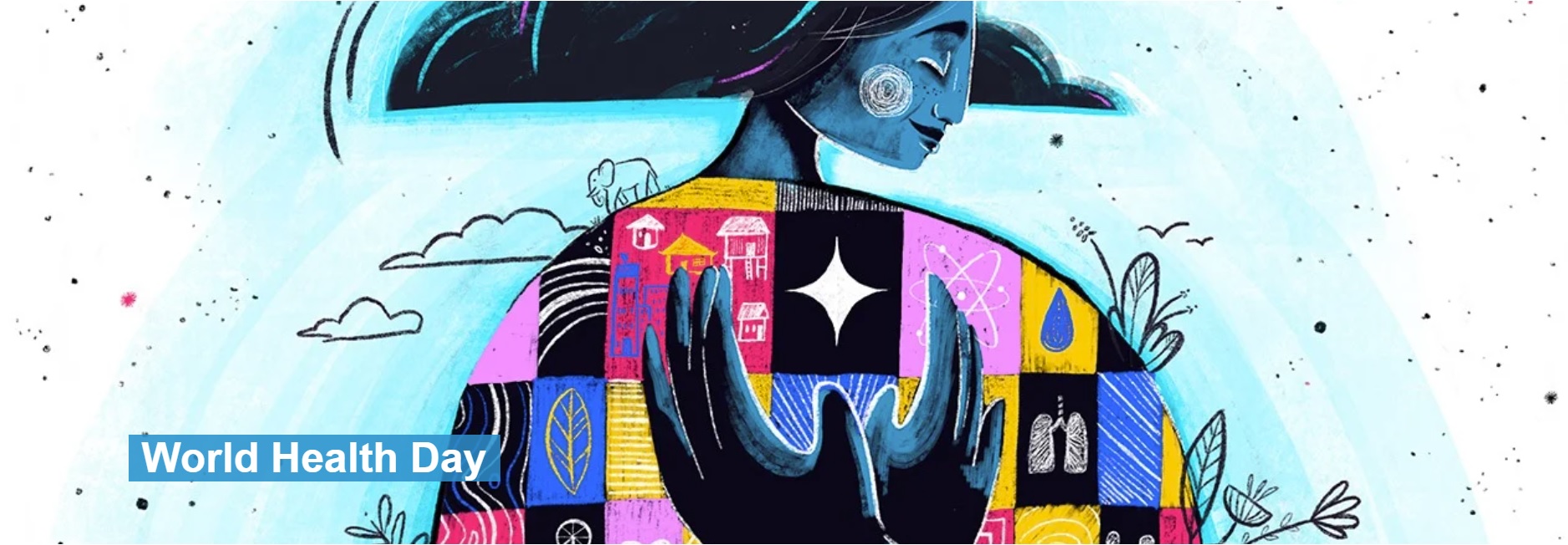Indigenous People and Nature, Insights for Social, Ecological, and Technological Sustainability, 2022, Pages 171-197
Indigenous People and Nature, Insights for Social, Ecological, and Technological Sustainability, 2022, Pages 199-216
Our planet, our health
Are we able to reimagine a world where clean air, water and food are available to all?
Where economies are focused on health and well-being?
Where cities are liveable and people have control over their health and the health of the planet?
Healthcare Strategies and Planning for Social Inclusion and Development Volume 2: Social, Economic, and Health Disparities of Rural Women, 2022, Pages 1-42


